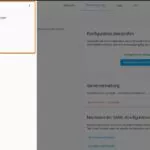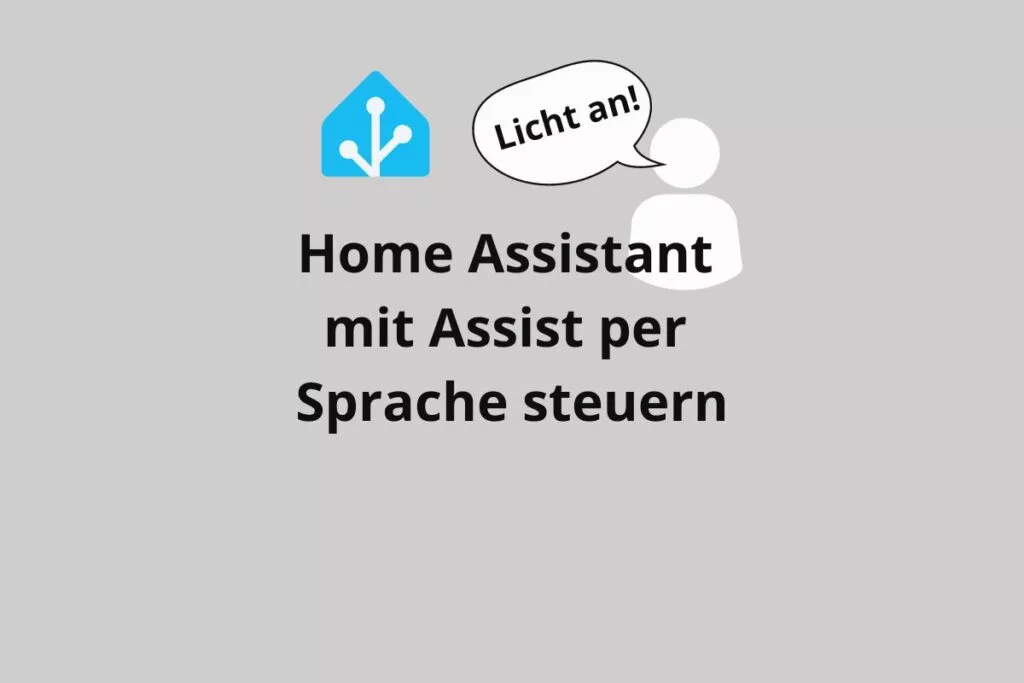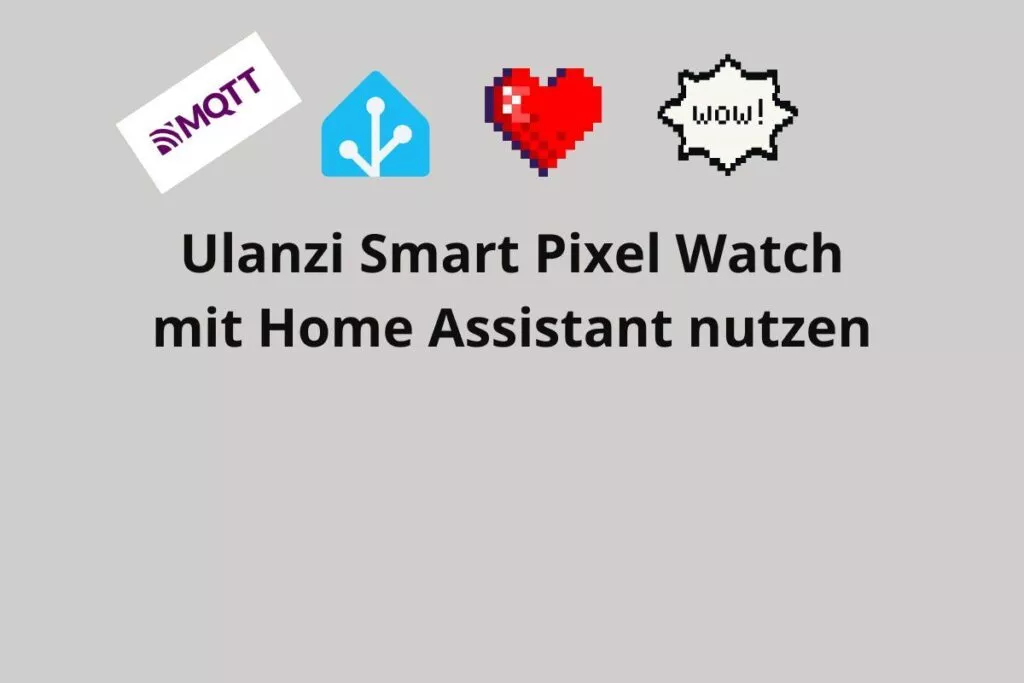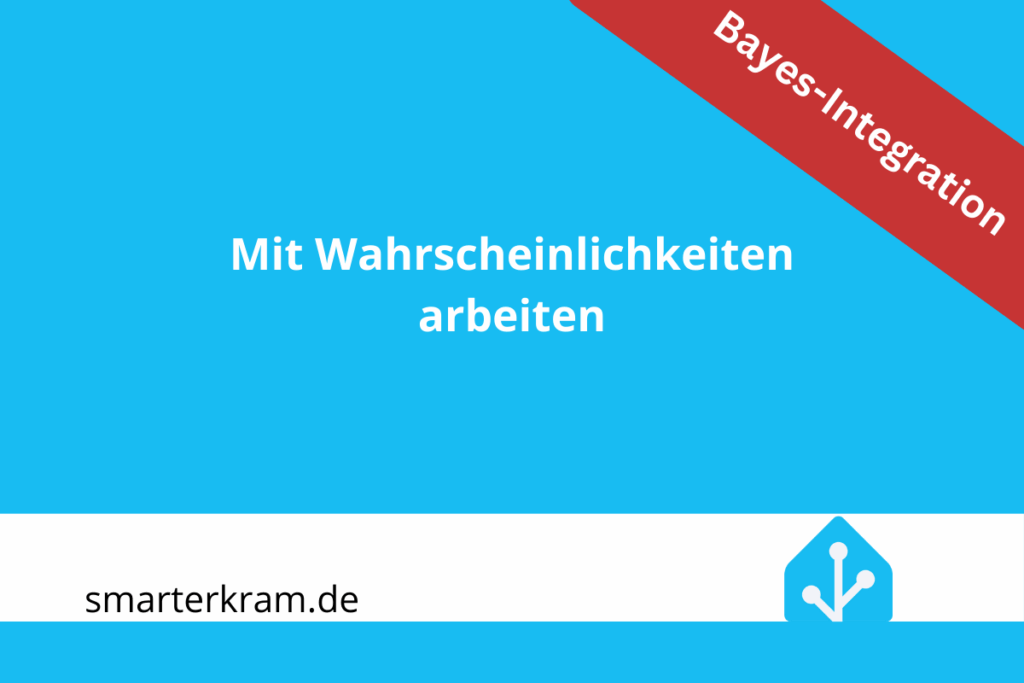Dein Smarthome wächst dank Home Assistant und früher oder später wirst du dir Gedanken um notwendige Home Assistant Benachrichtigungen machen. Bei mir war es so, dass ich irgendwann bemerkt/realisiert habe, das ich für meinen Geschmack noch viel zu oft die Home Assistant App öffne um einen Zustand zu checken. Warum nicht Home Assistant Benachrichtigungen verschicken lassen, sobald dies für mich persönlich relevant/interessant ist? [toc] Wie bei so ziemlich jedem Thema rund ums Smarthome, bietet Home Assistant auch in Sachen Benachrichtigungen/Notifications jede nur denkbare Möglichkeit! Angefangen bei Nachrichten in die Telegram-App [Wikipedia: Telegram], über Benachrichtigungen an die Home Assistant APP bis…
Hallo Olli,
ich schon wieder. 🙂
eine Frage, ich habe mir folgende Automatisierung eingerichtet:
alias: Batterie
description: ''
use_blueprint:
path: sbyx/low-battery-level-detection-notification-for-all-battery-sensors.yaml
input:
time: '15:00:00'
actions:
- device_id: mein Iphone
domain: mobile_app
type: notify
title: ''
message: batterie {{sensors}}
exclude:
entity_id: []
device_id:
- Mein Iphone
jetzt ist es so, dass wenn ich die Automatisierung manuell auslöse ich eine Nachricht bekomme von den Sensoren, welche wenig Batterie haben. Um 15.00 Uhr wo die Automatisierung ja von selber ausgeführt werden soll, kommt aber nicht auf dem Iphone an.
Hast Du eine Idee an was das liegt?
Danke für Deine Hilfe
Gruß Diver
Guten Morgen Olli,
in der Blueprint steht folgendes:
blueprint:
name: Low battery level detection & notification for all battery sensors
description: Regularly test all sensors with 'battery' device-class for crossing
a certain battery level threshold and if so execute an action.
domain: automation
input:
threshold:
name: Battery warning level threshold
description: Battery sensors below threshold are assumed to be low-battery (as
well as binary battery sensors with value 'on').
default: 20
selector:
number:
min: 5.0
max: 100.0
unit_of_measurement: '%'
mode: slider
step: 5.0
time:
name: Time to test on
description: Test is run at configured time
default: '10:00:00'
selector:
time: {}
day:
name: Weekday to test on
description: 'Test is run at configured time either everyday (0) or on a given
weekday (1: Monday ... 7: Sunday)'
default: 0
selector:
number:
min: 0.0
max: 7.0
mode: slider
step: 1.0
exclude:
name: Excluded Sensors
description: Battery sensors (e.g. smartphone) to exclude from detection. Only
entities are supported, devices must be expanded!
default:
entity_id: []
selector:
target:
entity:
device_class: battery
actions:
name: Actions
description: Notifications or similar to be run. {{sensors}} is replaced with
the names of sensors being low on battery.
selector:
action: {}
source_url: https://gist.github.com/sbyx/1f6f434f0903b872b84c4302637d0890
variables:
day: !input 'day'
threshold: !input 'threshold'
exclude: !input 'exclude'
sensors: "{% set result = namespace(sensors=[]) %} {% for state in states.sensor
| selectattr('attributes.device_class', '==', 'battery') %}n {% if 0 <= state.state
| int(-1) < threshold | int and not state.entity_id in exclude.entity_id %}n
{% set result.sensors = result.sensors + [state.name ~ ' (' ~ state.state
~ ' %)'] %}n {% endif %}n{% endfor %} {% for state in states.binary_sensor
| selectattr('attributes.device_class', '==', 'battery') | selectattr('state',
'==', 'on') %}n {% if not state.entity_id in exclude.entity_id %}n {%
set result.sensors = result.sensors + [state.name] %}n {% endif %}n{% endfor
%} {{result.sensors|join(', ')}}"
trigger:
- platform: time
at: !input 'time'
condition:
- '{{ sensors != '''' and (day | int == 0 or day | int == now().isoweekday()) }}'
action:
- choose: []
default: !input 'actions'
mode: single
somit ist der Trigger ja die 15.00 Uhr die ich gestellt habe?
Oh man das ist alles nicht wirklich einfach für jemanden der sonst nichts mit Programmierung zu tun hat. 🙂
Grüße Diver
Produktempfehlungen





